Q: What are some other cities that have successfully redesigned their transit network?
A: Houston, TX, Indianapolis, IN, Jacksonville, FL and Richmond, VA are a few examples. Indianapolis is a city similar to Memphis in size and planning design. Many cities are redesigning their transit systems to address issues such as economic, environmental, social, and health issues, as well as social liberty.
Q: Who developed the Transit Vision and who are the key partners?
A: This vision for transit has been developed with extensive input from the public, stakeholders and elected officials. It is led by the City of Memphis’ 3.0 Comprehensive Plan and Innovate Memphis, in partnership with the Memphis Area Transit Authority (MATA) and the Memphis Urban Area Metropolitan Planning Organization (MPO). The Transit Vision stakeholder committee represents organizations across the city that are interested in transit, such as schools, social service organizations, and workforce groups.
Q: During the public input phases, in what ways did you reach people?
A: There were three phases for public input and the Transit Vision team partnered with 54 stakeholders who represent various community organizations and agencies.
In addition to stakeholder engagement, the Transit Vision outreach included attending over 100 events to conduct surveys and pass out information. Areas that included outreach efforts were MATA’s transit centers, public libraries, presenting at various community meetings and churches, schools and engaging with the public through social media campaigns. Over x# public input surveys were collected, with great representation from people of color, low income people, and frequent bus riders. (Please see Community Engagement Summary here.)
Advertising played a critical role in increasing public awareness about the plan. With 60 internal MATA bus ads, there were 3,000,000 impressions on buses each month. Through a two week radio campaign, there was a total reach of 501,780 radio reaches. The overall social media campaign impressions reached 215,410.
Q: How will this new network improve access to jobs and opportunities?
A: Transit Vision will have a positive effect on Job accessibility with:
- 39% more jobs reachable in an hour by transit for the average Memphian
- 45% more jobs reachable in an hour for minority residents and 49% for low-income residents
- 79,000 more people and 103,000 more jobs near frequent service (every 15 minutes)
- increased frequencies; more buses coming every 15 to 30 minutes
- more weekend and evening service
Q: How much will Transit Vision cost?
A: An additional $30 million annual investment in capital and operating support.
Q: How will Transit Vision be funded?
A: Local governments (City of Memphis and Shelby County) and elected officials are working together to identify new sources of funds.
Q: How can private businesses participate in funding transit?
A: Private businesses can help support transit by creating universal bus pass programs for employees, locating in places that are supported by great transit and reducing free parking programs. Private support from companies and institutions are welcome. Ultimately this is a public transit system that serves everyone and most new funding is expected to come from local fees and taxes.
Q: Is there a time frame for Memphis City Council to determine funding and/or voting?
A: Transit Vision is included in the Memphis 3.0 plan, which has been formally adopted by the Land Use Control Board and signed as an executive order by Mayor Paul Young. The plan is under review by the City Council for formal adoption, which will have greater impact on land use decisions throughout the city. The Transit Vision network is scheduled to projected to launch in 2022, if new dedicated funding sources are allocated.
Q: Does this recommended network change affect service to West Memphis?
A: No. Transit Vision is designed for the City of Memphis. As of March 31, 2018, West Memphis stopped funding MATA to provide bus service Route 77 and 98.
Q: Were institutions considered in planning the Draft Recommended Network?
A: Yes, institutions such as hospitals, schools, and day to day destinations were all considered in the planning.
Q: Is City Engineering supporting transit access through sidewalks, pavement and other infrastructure improvements, such as ADA ramps?
A: High Performing Infrastructure is included as one of the goals in the Memphis 3.0 Comprehensive Plan, along with Connected Corridors and Communities. These goals together will work to achieve greater accessibility and connectivity between communities and within neighborhoods. This issue will be addressed through partnerships between Land Use, Engineering, MATA, and the State of Tennessee.
Q: How were the routes designed and who determined route changes?
A: The City of Memphis, Innovate Memphis, and MATA received input from the community and stakeholders to assist with the map design through survey feedback and three rounds of public engagement. Jarrett Walker + Associates gave technical expertise to assist with the design. The MATA Board of Commissioners adopted the Transit Vision in January 2019 and are ultimately responsible for setting routes throughout the network.
Q: What is an “On Demand Service Area”?
A: On-demand service is proposed for the Westwood and Boxtown neighborhoods. Currently, the Westwood and Boxtown neighborhood is hard to serve with transit due to winding roads and low density. By providing on demand vehicles making connections to frequent fixed transit routes, transit can better serve this community.
On Demand Service Area is a multi-passenger transportation service that may allow passengers to request pick up and drop offs anywhere in a designated zone or at specified locations, using technology. Vehicles can range from SUVs to small vans to shuttle buses.

